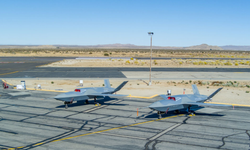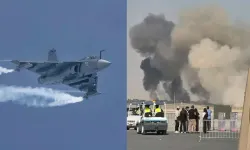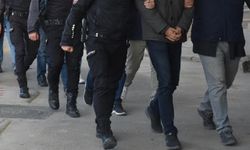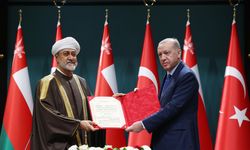Thailand’s government has approved the acquisition of Saab’s latest-generation JAS 39 Gripen E and F multirole fighter jets, with an initial order for four aircraft. The Royal Thai Air Force (RTAF) announced the decision on August 5 as part of a broader plan to phase out aging platforms and enhance air defense capabilities.
The first batch is scheduled for delivery by 2029, with the full procurement expected to reach twelve aircraft by 2035. The Gripen E/F fleet will be integrated into existing squadrons and is intended to gradually replace older fighter models currently in service.
Thailand has operated Gripen C/D jets since 2011, following a shift from U.S.-built aircraft to Swedish platforms. The current fleet includes eight single-seat C models and four twin-seat D models, based at Wing 7 in Surat Thani. These aircraft operate alongside Saab 340 airborne early warning and control systems within a network-centric structure focused on maritime patrols, air defense, and joint training missions.
Recent cross-border clashes with Cambodia have placed additional pressure on the RTAF to modernize. On July 26, 2025, Thai Gripen C fighters carried out airstrikes against Cambodian artillery positions near the Preah Vihear region. The strikes followed repeated shelling incidents and marked the first publicly confirmed combat use of the Gripen by Thailand. The episode has accelerated the decision to move forward with the Gripen E/F program.
The Gripen E offers several technical upgrades over the C/D versions, including a more powerful F414G engine, extended range, and updated avionics. It is equipped with the Raven ES-05 AESA radar and the Skyward-G infrared search and track system, both intended to improve target detection and survivability in contested environments.
The two-seat Gripen F variant is designed for training and advanced tactical coordination. Both versions are compatible with the Meteor air-to-air missile and other precision-guided weapons.
With the Gripen E/F program, Thailand is deepening its defense cooperation with Sweden following its unsuccessful effort to acquire U.S.-built F-35s. The decision signals continued investment in non-U.S. platforms and long-term industrial ties with Saab.










